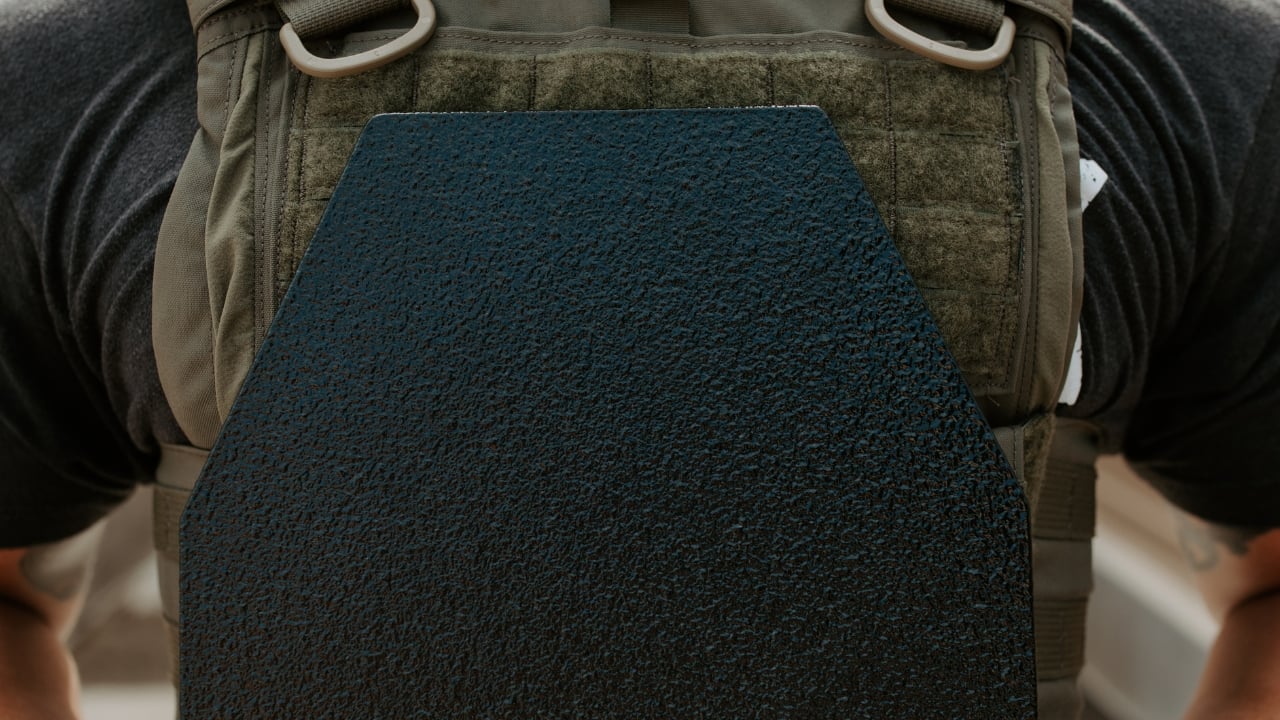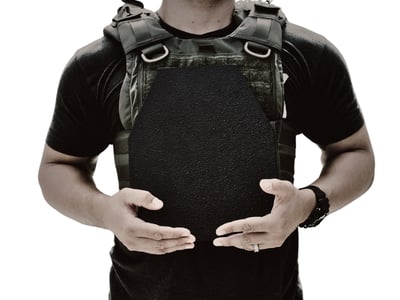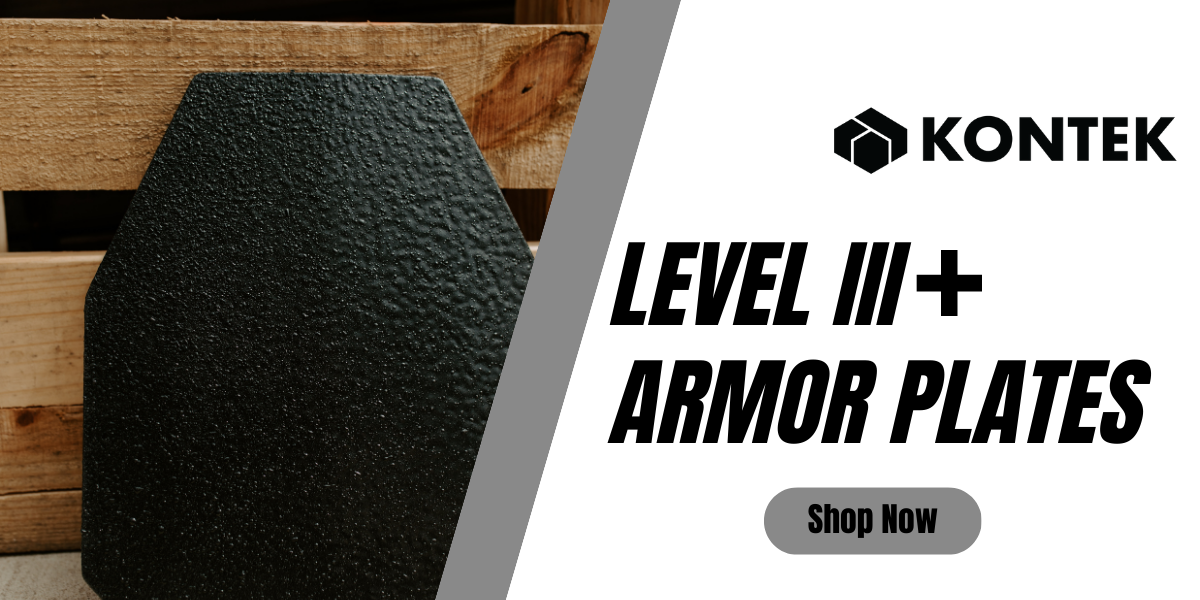
Law enforcement officers operate in environments where danger lurks around every corner. Confronting armed suspects is a harrowing reality of their daily duties, where split-second decisions can mean the difference between life and death.
In such high-stakes scenarios, officers must rely on every advantage available to ensure their survival. Among these critical tools are body armor plates, which serve as a lifeline against the threat of armed assailants. This article delves into the pivotal role of armor plates in increasing officer safety during encounters with armed suspects.
Understanding the Threat
The risks inherent in facing armed suspects cannot be overstated. Officers are confronted with individuals wielding firearms, ranging from handguns to high-powered rifles, capable of inflicting fatal injuries with a single shot. The sobering statistics paint a grim picture of the dangers officers face, with numerous incidents of officers being injured or killed in confrontations with armed suspects each year.
The reality is clear: without adequate protection, law enforcement officers are vulnerable to life-threatening injuries when confronting armed adversaries.
Increased Survivability with Body Armor Plates
Body armor plates are an essential component of a law enforcement officer's protective gear. Constructed from ballistic-resistant materials such as ceramics or polyethylene, these plates are designed to withstand the impact of firearm projectiles, reducing the likelihood of penetration and subsequent injury to the wearer. By absorbing and dissipating the energy of incoming projectiles, armor plates significantly increase the officer's chances of survival when facing armed suspects.
Here are some key ways that officers can have enhanced survivability with body armor plates:
- Protection: Body armor plates offer vital protection against ballistic threats, including bullets and shrapnel, reducing the likelihood of serious injury or death.
- Vital Organ Shielding: Plates are strategically designed to cover vital organs like the heart, lungs, and major arteries, increasing the chances of survival in case of an attack.
- Enhanced Confidence: Wearing body armor plates can boost confidence and morale, allowing individuals to focus on their tasks without constant fear of injury.
- Extended Engagement Time: With the added protection, individuals can engage armed suspects for a longer duration, potentially buying time for backup or for de-escalation strategies to be implemented.
- Tactical Advantages: Armor plates enable individuals to maneuver more confidently in high-risk situations, enhancing their ability to take cover and make calculated decisions.
- Reduced Vulnerability: In scenarios where escape is not immediately possible, body armor plates decrease vulnerability, providing a better chance of survival until reinforcements arrive.
- Psychological Advantage: The presence of body armor can deter assailants, influencing their behavior and potentially de-escalating a violent situation.
- Increased Resilience: Even if shots are taken, body armor plates can absorb or deflect bullets, increasing the chances of survival and reducing the severity of injuries sustained.
- Versatility: Body armor plates are versatile and can be worn in various situations, whether in urban environments, during hostage rescue operations, or in military combat zones.
What Kind of Bullets Can Armor Plates Stop?
The effectiveness of armor plates in mitigating firearm injuries depends on various factors, including the caliber and velocity of the projectile, as well as the quality and construction of the plates themselves. Armor plates are tested and rated according to industry standards, with different levels of protection corresponding to the type of threats they can withstand. Officers must select armor plates rated to provide adequate protection against the firearms commonly encountered in their line of duty, ensuring maximum safety in high-risk situations.
Here's what each level can provide in terms of protection against different ballistic threats:
- Level IIA: Lightest and most flexible armor, valued for concealability beneath clothing. Stops rounds like 9mm FMJ and .40 S&W FMJ.
- Level II: Provides more protection than IIA while maintaining a considerably light weight. Stops rounds like 9mm FMJ and .357 Magnum JSP.
- Level IIIA: Commonly used armor, able to protect against .44 Magnum rounds while still being concealable.
- Level III and III+: Heavier and not considered soft armor, but protect against rifle rounds. Level III+ is not an official NIJ rating but often specified to offer the same protection as Level III while handling additional threats like M193 or M855 bullets. Stops rounds like 7.62mm FMJ and .223 Remington.
- Level IV: Highest level of protection within NIJ standards, suitable for those likely to encounter the danger of .30 caliber armor-piercing rounds.
Are Armor Plates Stab Proof?
While primarily designed to defend against firearm projectiles, armor plates also offer some level of protection against edged weapon attacks. However, it's essential to note that armor plates are not inherently stab-proof and may not provide the same level of protection against stabbing or slashing as they do against ballistic threats.
Some armor plates are specifically engineered to offer enhanced stab resistance, featuring additional layers or materials designed to withstand puncture and penetration from edged weapons. Nevertheless, officers should exercise caution when facing suspects armed with knives or other bladed weapons, as armor plates may offer limited protection against such threats.
Training for Body Armor Usage and Tactical Movement
Effective utilization of body armor requires more than just wearing the gear—it demands comprehensive training in tactical movement, shooting techniques, and operational procedures. Law enforcement agencies must prioritize training programs that equip officers with the skills and confidence to effectively integrate body armor into their operational tactics.
Here's a closer look at the key aspects of training for body armor usage:
- Tactical Movement: Officers must be trained in tactical movement techniques that optimize the protection provided by body armor while maintaining agility and maneuverability. This includes mastering skills such as cover and concealment, bounding overwatch, and dynamic entry tactics.
- Shooting Proficiency: Shooting proficiency is essential for officers wearing body armor, as they may need to engage armed suspects while under fire. Training should include marksmanship drills, stress-induced shooting scenarios, and shoot/don't shoot decision-making exercises.
- Operational Procedures: Officers should be trained in the proper procedures for donning, adjusting, and caring for body armor to ensure optimal performance in the field. This includes familiarizing themselves with the various types of body armor and armor plates available and understanding the manufacturer's specifications and limitations.
- Scenario-Based Exercises: Scenario-based training exercises are invaluable for simulating real-world situations and testing officers' ability to effectively utilize body armor in dynamic environments. Training scenarios may involve armed confrontations, vehicle stops, building searches, and other high-risk scenarios where body armor is essential for officer safety.
- Force-on-Force Simulations: Force-on-force simulations using non-lethal training ammunition provide officers with hands-on experience in engaging armed suspects while wearing body armor. These simulations replicate the stress and intensity of real-life encounters, allowing officers to practice decision-making under pressure and assess the effectiveness of their tactics.
Choosing the Right Armor Plates
Selecting the right body armor plates is paramount for officer safety. Several key considerations should be taken into account when choosing armor plates, including:
- Level of Protection: Assess the anticipated threats officers may face and select armor plates rated to provide adequate protection against those threats.
- Comfort and Mobility: Ensuring that armor plates are comfortable to wear for extended periods and do not impede mobility during critical operations.
- Fit and Sizing: Proper fit is essential for optimal protection. Officers should select armor plates that are correctly sized and adjusted to provide a snug and secure fit.
- Material and Construction: Exploring the different materials and construction methods used in armor plates and their impact on performance and durability.
- Certification and Standards: Choosing armor plates that meet industry standards and certifications for quality and performance assurance, such as those set forth by the National Institute of Justice (NIJ).
Conclusion
In the perilous world of law enforcement, body armor plates are indispensable shields. Constructed from ballistic-resistant materials, they absorb energy from bullets, significantly enhancing officers' survival chances. Offering protection to vital organs and instilling confidence, these plates provide a tactical edge in diverse environments. However, their effectiveness hinges on comprehensive training. Officers must master tactical movement and operational procedures to integrate body armor effectively. By investing in both technology and training, law enforcement agencies fulfill their duty to protect and serve, empowering officers to confront danger with resilience.
Contact Kontek Industries
If you need an affordable NIJ-certified plate for an active shooter response kit, for an emergency responder kit, or if you are looking for a certified plate at a great price point, the Raider line of armor from Kontek will meet your mission needs. Kontek’s Raider plate set includes NIJ-III certified and NIJ-III+ tested ballistic plates for body armor that are best suited for law enforcement, security, and civilian markets.



